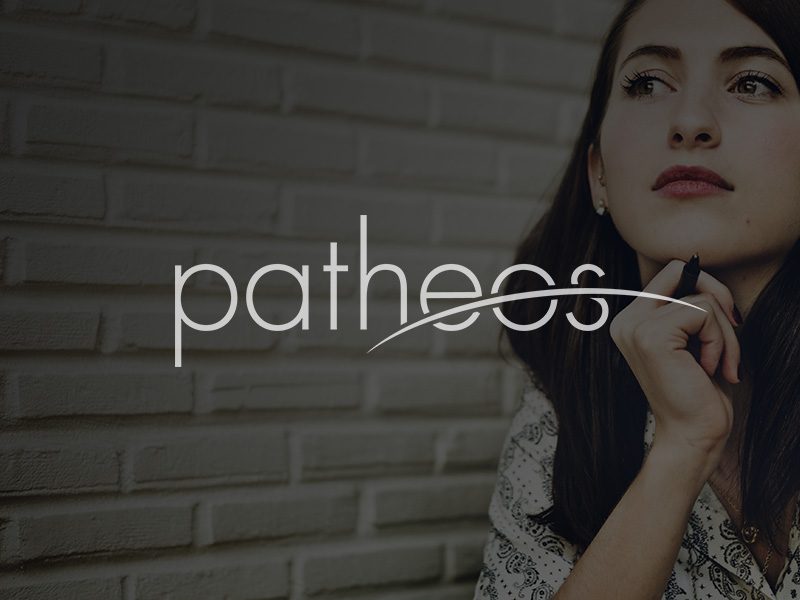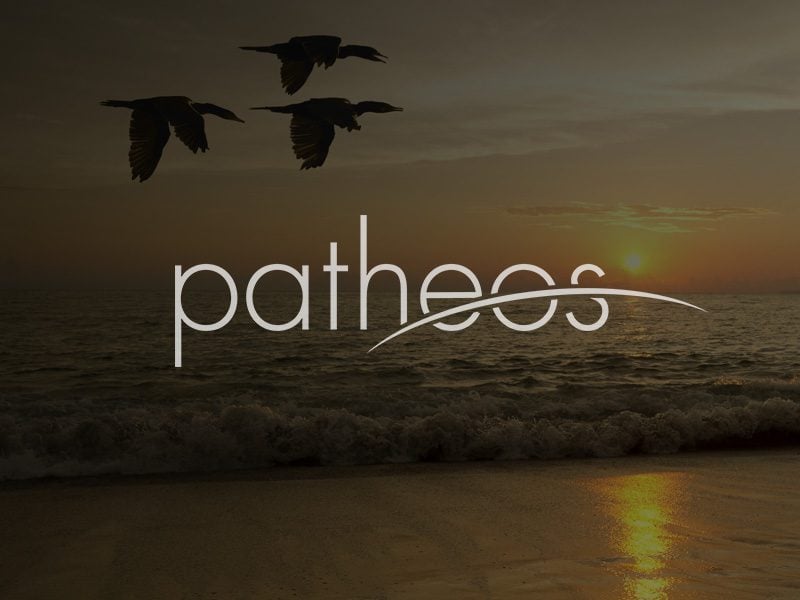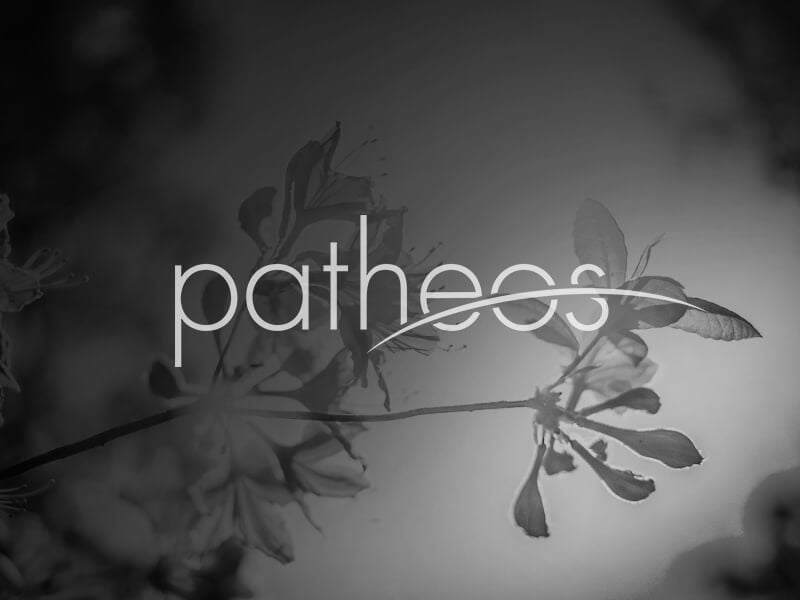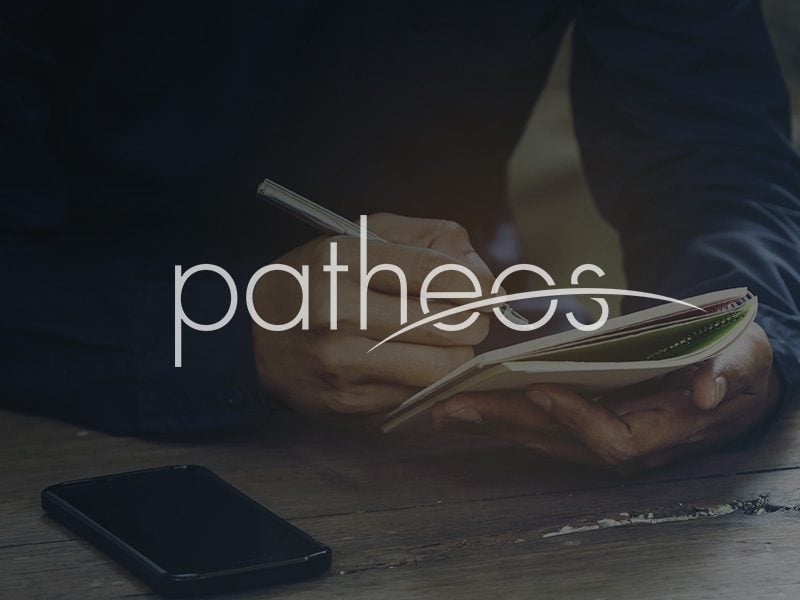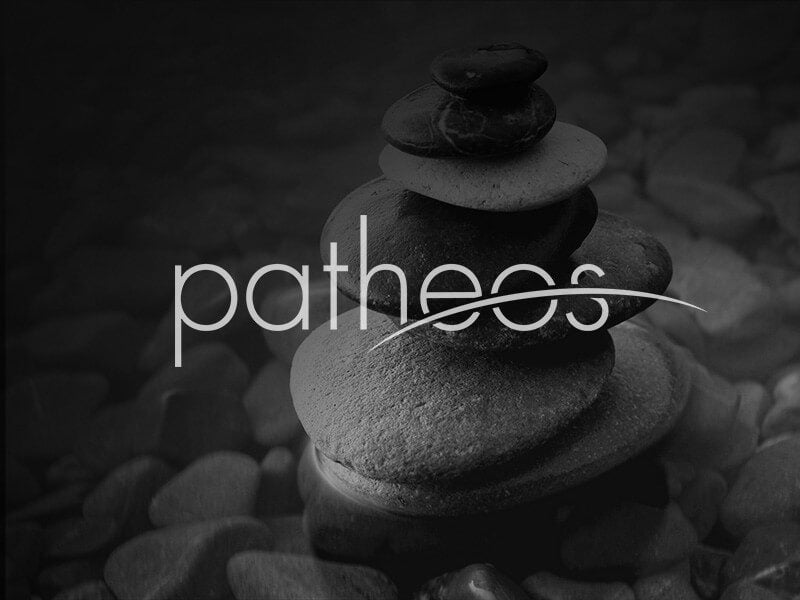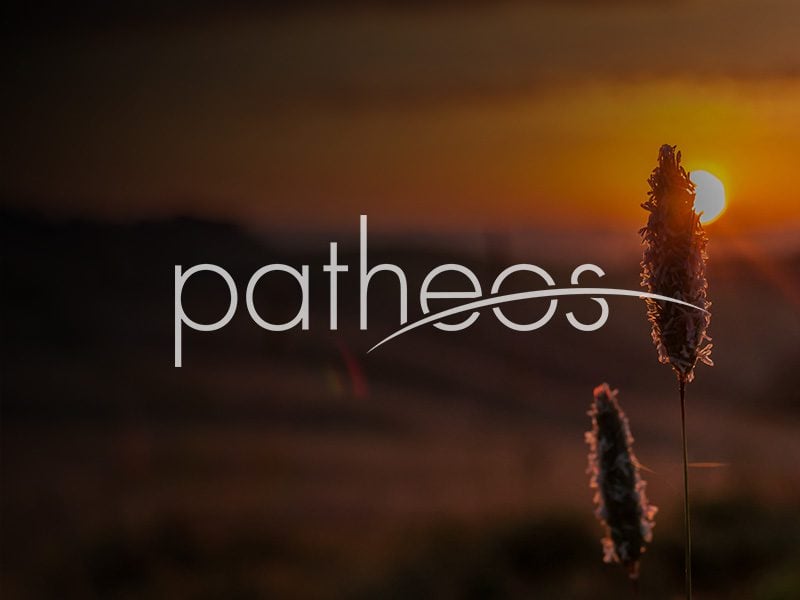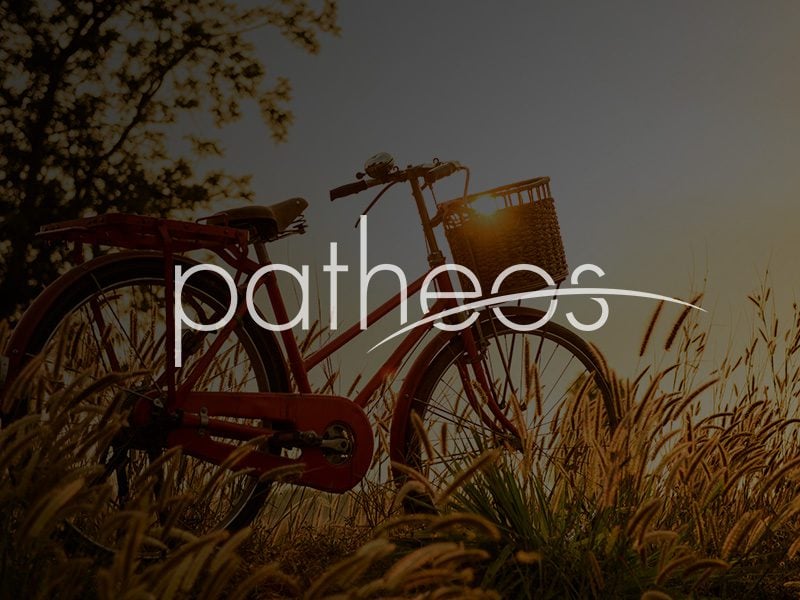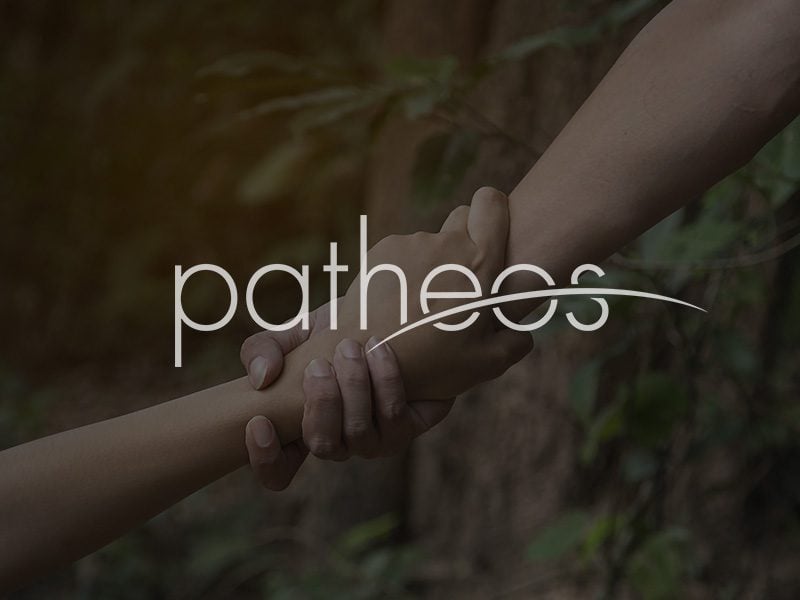In another talk at the Augustine seminar, a Princeton grad student provocatively claims that Augustine never used the “visible-invisible church” distinction. Admittedly, Augustine has some elements of that distinction, and he was read by the Reformers as supporting the Protestant view. But Augustine never uses the terminology (so far as this student has found). The earliest use of something like the later Reformed distinction (invisible = elect, visible = external structured church) is found in Wyclif, where the distinction is... Read more

